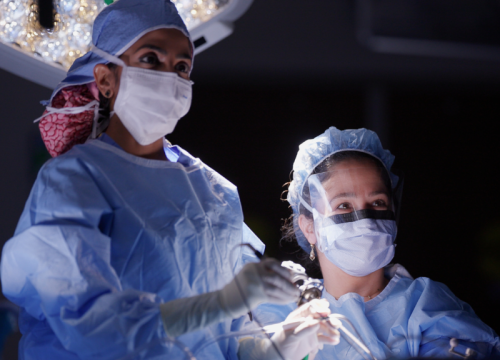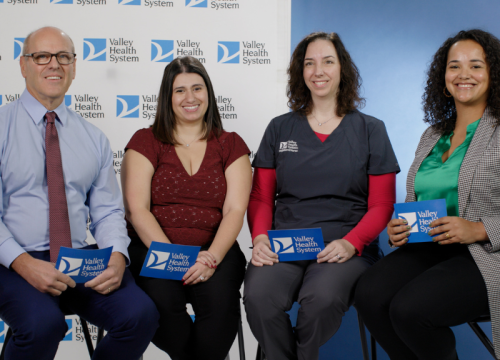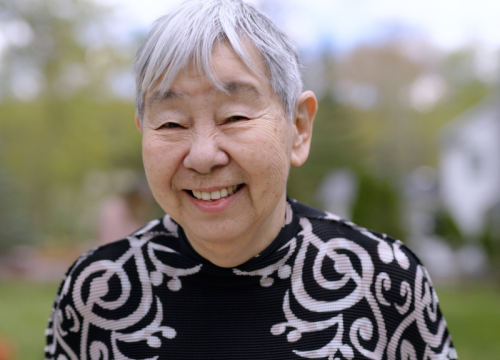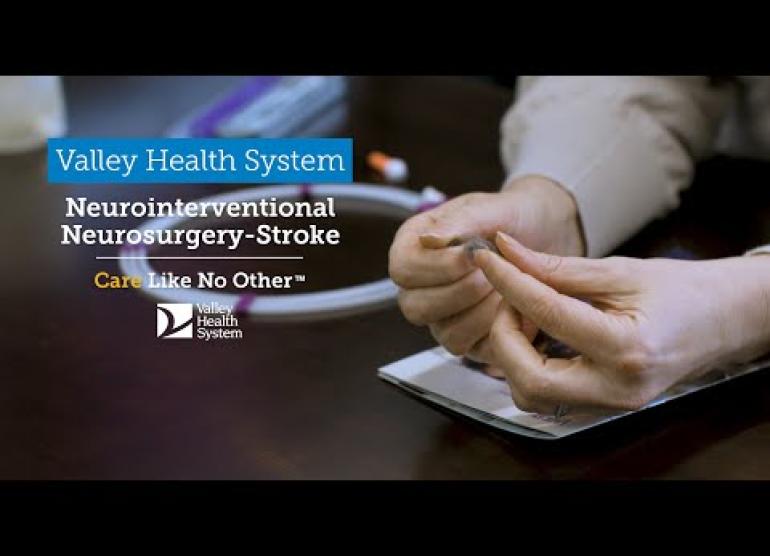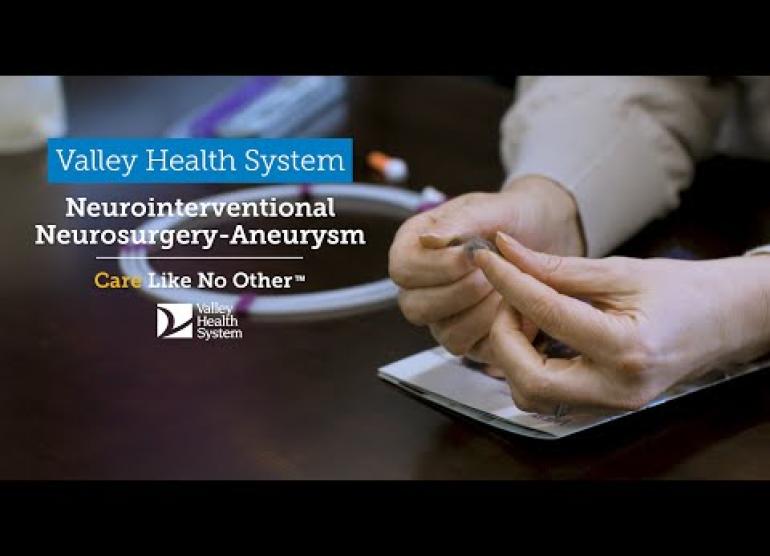Hemifacial spasm is a rare neurological movement disorder that occurs when an artery or a vein in the brain presses on a person’s facial nerve on one side of their face. The pressure and pulsations disrupt nerve impulses from the brain that cause muscles in the face to contract and move normally. Instead, the pressure and pulsations cause a spasm that makes the patient’s eye and mouth twitch and can gradually worsen.
Symptoms of Hemifacial Spasm
The spasm usually starts as a subtle flickering of the eyelid, almost like a wink, and then progresses to intermittent or constant twitching/pulling of muscles in the lower face (cheek and jaw). Eventually, the entire half of the face can be affected.
The result resembles what would happen if the strings of a marionette were pulling up the corner of the mouth and causing the face to move upward. The twitching can occur during the daytime or while a person sleeps, but it usually does not cause them to wake up.
Causes & Risk Factors of Hemifacial Spasm
Hemifacial spasm is twice more likely to occur in women than in men, particularly in middle-aged women and those of Asian descent. It can also run in families.
The condition can be caused by:
- A blood vessel touching or compressing the facial nerve
- Injury to the facial nerve
- A tumor that presses on the facial nerve
- Ear infections
- Bell’s palsy, a short-term condition that causes one side of the face to droop
- Rarely, it begins for no reason
Although hemifacial spasm is not life-threatening or painful, it can severely impact a person’s quality of life. Going to school or work can be difficult or embarrassing, causing a person to limit speaking in the classroom, at meetings, or in front of groups. Patients may also avoid social engagements and become more reclusive.
Diagnosing Hemifacial Spasm
Valley’s neuroscience and neurosurgery team is skilled in diagnosing and treating debilitating hemifacial spasm. Most cases are visibly clear to the clinical team because the affected side of the patient’s lower face is pulled up while the eye is often forced closed, causing disruption to vision, the lower cheek, and the mouth.
To confirm a diagnosis, your provider will perform one or more of the following:
- A detailed medical history: We’ll discuss how long you’ve had symptoms and how frequently they occur.
- A physical examination: We’ll examine different areas of your face to pinpoint what parts of the facial nerve are affected.
- Imaging tests: We’ll use a specific technique of high-resolution MRI imaging to see where and how an artery or vein is pressing on your facial nerve.
Treatment for Hemifacial Spasm
Patients may first be treated with Botox® injections or medications that prevent convulsions (anticonvulsants). Although these therapies may relieve hemifacial spasm symptoms temporarily, the muscle spasms often return.
The only curative treatment for hemifacial spasm is a neurosurgical procedure called microvascular decompression (MVD). Valley’s neuroscience and neurosurgery team has decades of experience in diagnosing hemifacial spasm and treating it with MVD, and has performed hundreds of these procedures.
For more information, contact Valley’s Neuroscience Nurse Navigator.


